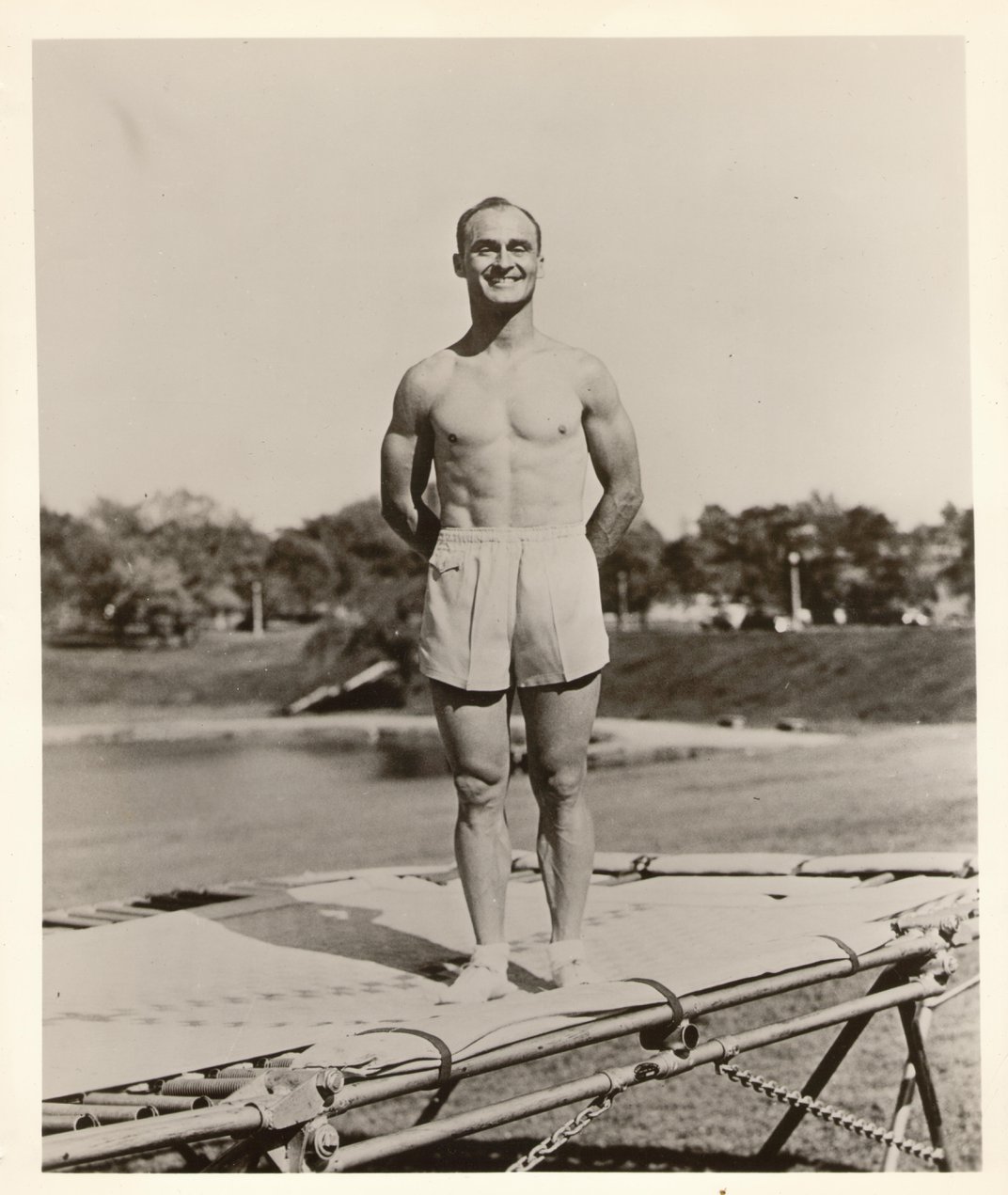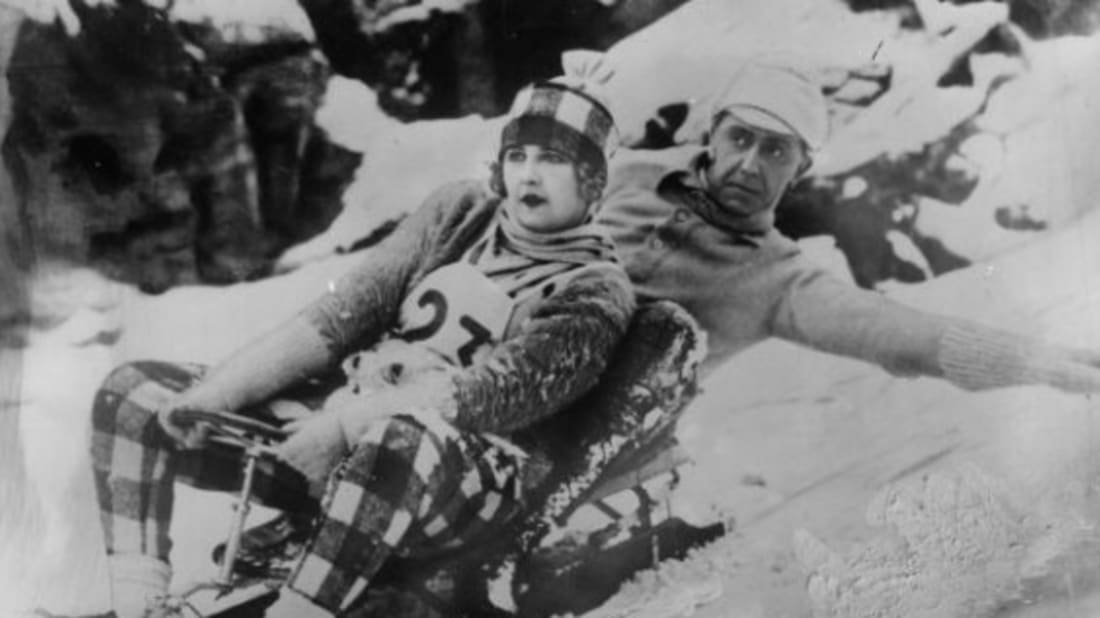George Nissen was born in Blairstown, Iowa, in 1914 and moved to Cedar Rapids as a child. It was at the local YMCA that he would learn both tumbling and diving. In 1930, 16-year-old Nissen attended a circus performance where he saw acrobats falling onto safety nets, finishing their descents with somersaults. Nissen considered theContinue reading “George Nissen and the Trampoline”
Category Archives: Sports
Coast into Winter Fun
You’re almost done with the semester, and soon you’ll have time to go outside and enjoy the snow. Have you ever thought about the history of sleds? Sleds have a very long history, helping us to work and play. You may have spent your snow days gliding downhill on a plastic saucer or an innertubeContinue reading “Coast into Winter Fun”
Explore Engineering & the Winter Olympics at Our New Exhibit!
Guest Blogger: James M. Cox Snow, Ice and Fiberglass The 2018 Winter Olympics in PyeongChang, South Korea are here! The games started on February 9, 2018 and will run through February 25, 2018. There are 102 Gold Medal Events across 15 sports! The sports are classified as “winter sports” because they require snow or ice.Continue reading “Explore Engineering & the Winter Olympics at Our New Exhibit!”
Are You Ready for Some Football?
Are you ready for some football? Fall is here! The leaves are changing colors, the days are cooler and that means one thing – Football! When we’re watching a football game we often don’t think about the ergonomics and biomechanics that go into the athlete’s performance. And yet, so many things impact the athlete andContinue reading “Are You Ready for Some Football?”



